168: 4 ways publishers can use propensity models
There are two big questions. Propensity towards what? And cause and effect.
Many publishers use AI-driven propensity models to great success. I have a link below that discusses how two news publishers use data to retain subscribers.
A typical propensity model for a publisher might discover that those subscribers who view at least three pages per session, at least once per week, are more likely to renew. These kinds of models can drive very important actions, which I’ll discuss below.
Such models are built by feeding a lot of customer data into an AI model and asking it to identify the customer behaviors or other data that are correlated with a particular action. Relevant behaviors might include time on site, pages per visit, how many e-newsletters the person signs up for, etc. Other data might include demographics, or location. I have an article below that elaborates on the types of data you might feed into such a model.
Not all propensity models are the same. One that’s built to predict who will be a repeat customer at a coffee shop is not going to be the same as one that’s built to predict who will renew their magazine subscription. Even within the world of publishing you’ll need different models for different things, depending, for example, on your revenue model. A publisher with an ad-supported site will be looking for different things than a publisher with a subscription-based site.
Here are four ways publishers can use propensity models.
Identity people who are likely to churn and put them in a different customer journey. For example, you might have customer service call them, or you might put them in a special email campaign.
If you sell leads, you can use a propensity model to identify customers who are more likely to buy your client’s product, and charge a higher price for those leads.
Let’s say your propensity model finds out that people who came to your site from Facebook are very unlikely to subscribe. If your major source of revenue is subscription sales, you might not want to bother with Facebook. Or, on the other hand, you could put people who come from Facebook into a different segment, not bother to try to sell them on subscriptions, and try to monetize them with ads.
Find actions that are highly correlated with success and encourage those actions. For example, you might find that people who subscribe to at least two e-newsletters are more likely to renew their paid subscription, so you could encourage more sign-ups for e-newsletters.
That last one makes an assumption about cause and effect that you need to think about. Just because people who subscribe to at least two e-newsletters are more likely to renew doesn’t mean that if you encourage people to subscribe to more e-newsletters they will be more likely to renew. It might work, but it might not.
Consider this. Let’s say there’s a correlation between belonging to a gym and maintaining a healthy weight. That doesn’t mean that if you do some grand promotion to get more people signed up at a gym that they’ll all do better at controlling their weight. You don’t want to confuse correlation with cause, but at the same time, correlations can give you some ideas about the types of things you might want to promote.
Let’s say a newspaper discovers that people who read the comics are more likely to renew. Even given what I just said about cause and effect, it would be worthwhile to do an experiment and see if promoting the comics section increases renewals.
Links
How data is used at news organisations to retain subscribers
https://mediamakersmeet.com/how-data-is-used-at-news-organisations-to-retain-subscribers/
Engagement metrics for subscriptions
https://krehbielgroup.com/2023/10/25/engagement-metrics-for-subscriptions/
-
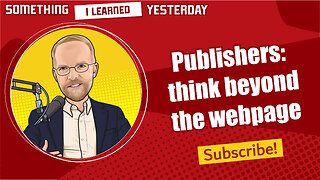 3:48
3:48
The Krehbiel Group - Something I Learned Yesterday
4 months ago188: Publishers need to think outside the webpage
7 -
 4:17
4:17
The Krehbiel Group - Something I Learned Yesterday
6 months ago166: The downsides of personalization
9 -
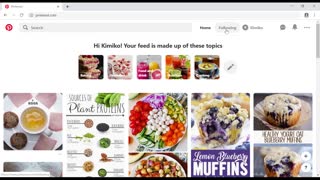 33:45
33:45
High Ticket Affiliate Marketer 2
3 years agoPinterest Marketing
18 -
 3:20
3:20
RememberThisMarketing
5 months agoMarketing Into Inflation 2024 AI Marketing GPTs
28 -
 5:45
5:45
rumblemyamazonguy
5 months agoUnderstanding PPC Automation: A Detailed Analysis
10 -
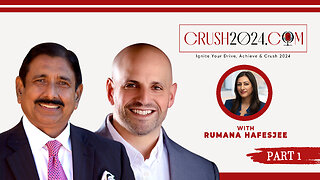 12:25
12:25
Investor Financing Podcast
6 months ago2024 Digital Marketing Success
17 -
 1:17:50
1:17:50
JKL Plugin TV
3 months ago3 Misunderstood Marketing Concepts - How to use them for high client margins
3 -
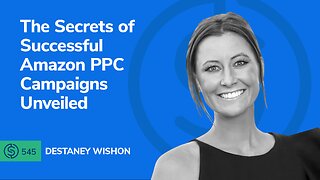 43:22
43:22
Helium10Software
3 months ago $0.05 earnedThe Secrets of Successful Amazon PPC Campaigns Unveiled | SSP #545
33 -
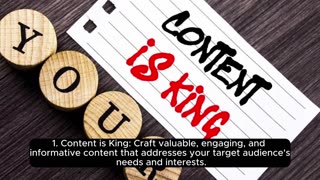 2:48
2:48
designwebmarketing
6 months agoE-Marketing Elevation_ 101 Powerful Strategies
1 -
 8:53
8:53
One Base Media
5 months agoGoogle Local Marketing Strategies | Dominate Google in 2024
18